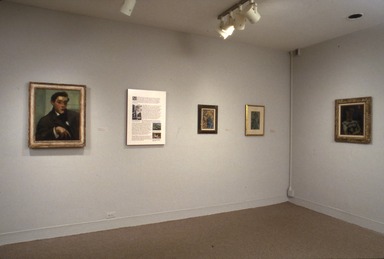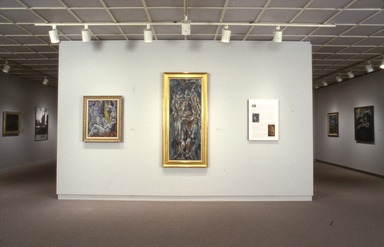

Max Weber: The Cubist Decade, 1910-1920, November 13, 1992 through January 10, 1993 (Image: PSC_E1992i109.jpg Brooklyn Museum photograph, 1992)

Max Weber: The Cubist Decade, 1910-1920, November 13, 1992 through January 10, 1993 (Image: PSC_E1992i110.jpg Brooklyn Museum photograph, 1992)
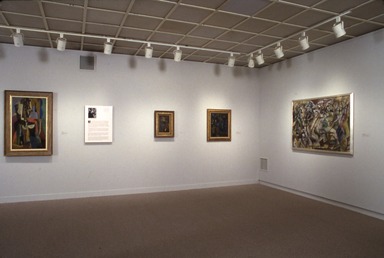
Max Weber: The Cubist Decade, 1910-1920, November 13, 1992 through January 10, 1993 (Image: PSC_E1992i111.jpg Brooklyn Museum photograph, 1992)
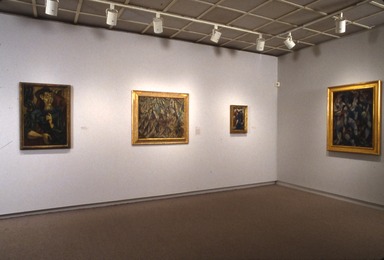
Max Weber: The Cubist Decade, 1910-1920, November 13, 1992 through January 10, 1993 (Image: PSC_E1992i112.jpg Brooklyn Museum photograph, 1992)
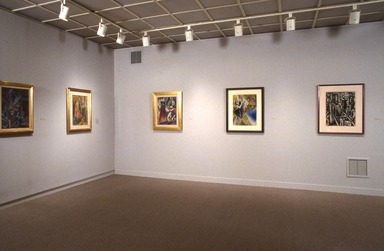
Max Weber: The Cubist Decade, 1910-1920, November 13, 1992 through January 10, 1993 (Image: PSC_E1992i113.jpg Brooklyn Museum photograph, 1992)
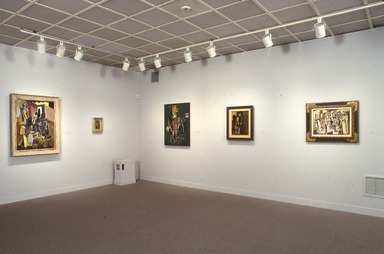
Max Weber: The Cubist Decade, 1910-1920, November 13, 1992 through January 10, 1993 (Image: PSC_E1992i114.jpg Brooklyn Museum photograph, 1992)

Max Weber: The Cubist Decade, 1910-1920, November 13, 1992 through January 10, 1993 (Image: PSC_E1992i115.jpg Brooklyn Museum photograph, 1992)
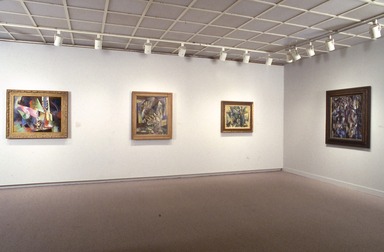
Max Weber: The Cubist Decade, 1910-1920, November 13, 1992 through January 10, 1993 (Image: PSC_E1992i116.jpg Brooklyn Museum photograph, 1992)
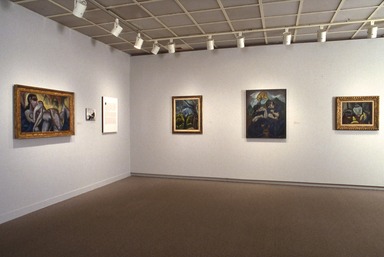
Max Weber: The Cubist Decade, 1910-1920, November 13, 1992 through January 10, 1993 (Image: PSC_E1992i117.jpg Brooklyn Museum photograph, 1992)

Max Weber: The Cubist Decade, 1910-1920, November 13, 1992 through January 10, 1993 (Image: PSC_E1992i118.jpg Brooklyn Museum photograph, 1992)
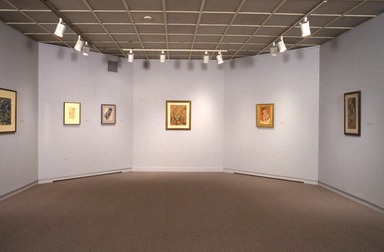
Max Weber: The Cubist Decade, 1910-1920, November 13, 1992 through January 10, 1993 (Image: PSC_E1992i119.jpg Brooklyn Museum photograph, 1992)

Max Weber: The Cubist Decade, 1910-1920, November 13, 1992 through January 10, 1993 (Image: PSC_E1992i120.jpg Brooklyn Museum photograph, 1992)
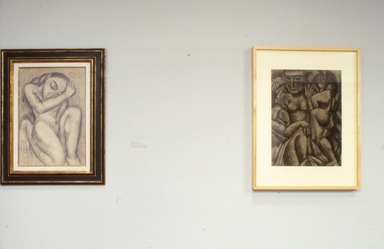
Max Weber: The Cubist Decade, 1910-1920, November 13, 1992 through January 10, 1993 (Image: PSC_E1992i121.jpg Brooklyn Museum photograph, 1992)
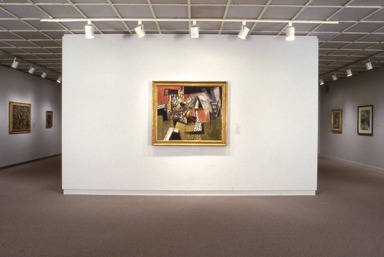
Max Weber: The Cubist Decade, 1910-1920, November 13, 1992 through January 10, 1993 (Image: PSC_E1992i122.jpg Brooklyn Museum photograph, 1992)
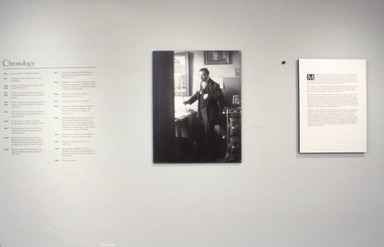
Max Weber: The Cubist Decade, 1910-1920, November 13, 1992 through January 10, 1993 (Image: PSC_E1992i123.jpg Brooklyn Museum photograph, 1992)

Max Weber: The Cubist Decade, 1910-1920, November 13, 1992 through January 10, 1993 (Image: PSC_E1992i124.jpg Brooklyn Museum photograph, 1992)
Max Weber: The Cubist Decade, 1910-1920
-
July 1, 1992
The first in-depth exhibition of American Modernist Max Weber’s most experimental and adventurous paintings will be on view at The Brooklyn Museum from November 13 through January 10, 1993. Titled Max Weber: The Cubist Decade, 1910-1920, the exhibition will feature more than 60 of Weber’s provocative Cubist works, drawn from a decade of creative activity that proved to be the apex of his career and established him as America’s foremost Cubist painter.
The exhibition will feature a number of paintings from private collections, some never before exhibited. Executed mainly in oil, but also in watercolor and pastel, these works depict a range of subjects including New York cityscapes and abstract figure studies. Weber’s views of New York are among the first to depict the coming of a new technological age filled with skyscrapers, subways, and machinery, and earned him the reputation of being an early emissary of Modernism in America.
Max Weber (1881-1961) was born in Russia and emigrated at age 10 to the United States, where his family settled in the Williamsburg section of Brooklyn. He graduated from Brooklyn’s Pratt Institute and taught art for four years before going to Paris in 1905. There he associated with Henri Rousseau, Pablo Picasso, and Robert Delaunay, studied with Henri Matisse, and absorbed the artistic and intellectual ideas of the European avant-garde before returning to New York in 1909.
Weber infused the urban energy he found in New York into his investigations of Cubism, the revolutionary movement begun by Picasso and Georges Braque, which he preferred to call “form in the crystal.” In 1910 his work was included in the landmark exhibition Younger American Painters at Alfred Stieglitz’s now famous New York gallery “291,” followed by a one-man exhibition there the subsequent year. Although critics sometimes labled Weber a “lunatic” and deemed his paintings “vapid grotesqueries,” he achieved remarkable institutional recognition early in his career, beginning with the Newark Museum’s 1913 Weber exhibition, the first solo museum exhibition devoted to a modern American artist. He was also the first American to be given a retrospective at The Museum of Modern Art and the second to be so honored by the Whitney Museum of American Art. By 1920 Weber was widely regarded as the leading American Cubist painter and through his works of 1910-20 is now recognized as a leader in American Modernism.
Max Weber: The Cubist Decade, 1910-1920 was organized at the High Museum of Art, Atlanta, by Susan Krane, the High Museum’s Curator of Twentieth-Century Art, and guest co-curator Dr. Percy North, Associate Professor and Coordinator of Art History at Montgomery College in Rockville, Maryland, who has written and lectured extensively on the artist. The exhibition has traveled to the Corcoran Gallery of Art, Washington, D.C., and the Albright-Knox Art Gallery, Buffalo. After The Brooklyn Museum, it will go on view at the Los Angeles County Museum of Art, its final venue (February 18 - April 25, 1993). It was coordinated at The Brooklyn Museum by Dr. Linda S. Ferber, Chief Curator and Curator of American Painting and Sculpture, The Brooklyn Museum.
The exhibition has been made possible, in part, by a grant from the National Endowment for the Arts, a federal agency, and The Kennedy Galleries, Inc., New York. It is accompanied by an illustrated catalogue published by the High Museum of Art ($20.00 softcover; 110 pages).
Brooklyn Museum Archives. Records of the Department of Public Information. Press releases, 1989 - 1994. 07-12/1992, 131-133.
View Original
